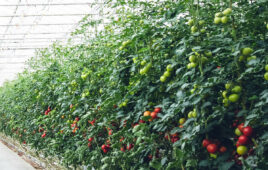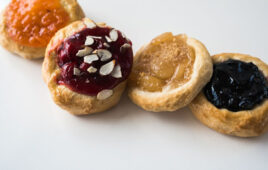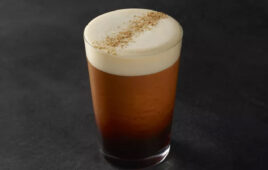Collaborative file-sharing apps have simplified the ways chefs exchange data with each other and the rest of their team.
The culinary world moves too quickly to distribute recipes, photos, presentations, and instructions on paper. Recipes and menus frequently evolve, requiring constant communication with the culinary team through the week’s hectic schedule.
However, file sharing apps offer a solution to groups as collaborative as a club kitchen, especially between the Executive Chefs and the team of sous chefs, line cooks, suppliers, and club managers.
Many club chefs utilize online storage sites like Dropbox to share recipes, link photos, and add personalized notes for different members of their team. Since Dropbox files can be accessed from any device with an internet connection, chefs can simply post and share folders of recipes to a specific group for quick and flexible access.
Most importantly, the entire team from the top down can make edits and add their contributions in one central location without confusion. Not only does this help avoid a long email chain, but it allows chefs to check in with the journey of the dish. Everything from the original recipe to the final photo of plating can live in one place.
Dropbox and similar programs also have the capability of storing spreadsheets and presentations, ideal for linking inventory lists, orders with food vendors, and reports from the dining room. Updates to ingredient purchases, prices, and preferences link to the recipes as well. Additionally, if chefs then present their recipes or data to management, all related data lives in one easy-to-access spot.
This is particularly beneficial before pre-service meetings with the kitchen and front-of-house staff. When all the recipe data lives in one place, there is no need to distribute nightly packets of data, especially if there have been last-minute changes to the plan.




